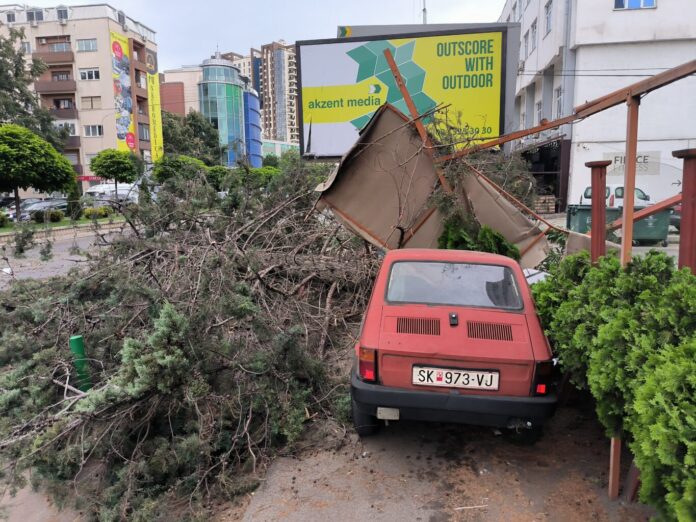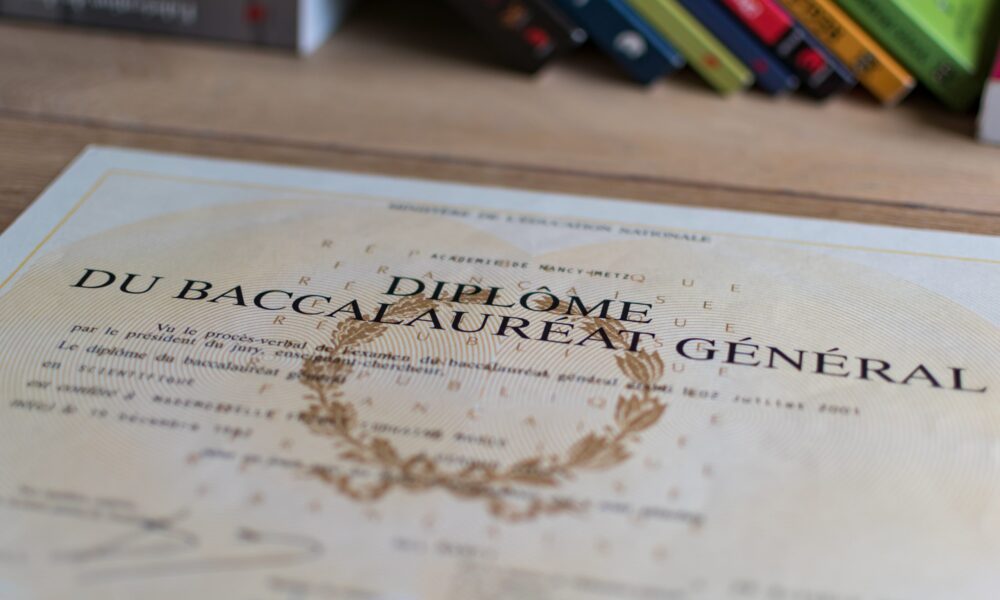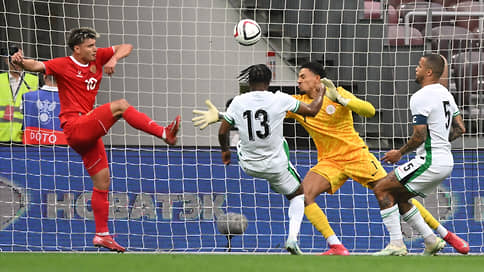Trump demands, Rutte seems to deliver: ‘Broad support’ at NATO for historical increase Defense budget
:format(webp)/s3/static.nrc.nl/images/gn4/stripped/data133172100-71d860.jpg)
Secretary-General Mark Rutte has a lot of support for his proposal to more than double the defense spending in NATO. The new 5 percent standard must be the most important decision of the NATO summit in The Hague in three weeks. All 32 countries must agree with the new standard.
At a meeting of NATO ministers of Defense, « no blockades » were raised to Ruttes proposal to increase the spending from 2 to 5 percent of gross domestic product, said outgoing minister Ruben Brekelmans afterwards. Rutte himself spoke about ‘broad support’. NATO is ‘really close’.
And the American minister Pete Hegseeth was also full of confidence: « The countries (…) exceed the 2 percent and we think, very close to consensus, about a 5 percent commitment. » Hegseeth acknowledged that a few countries were still hesitating, but also said, « We think everyone will get that far. »
Deterrence
The immense rise in defense spending is a requirement of US President Donald Trump. Many European allies assume that bending for Trumps requirement is the only way to keep the US fully committed to NATO in the long term. At the same time, an effective deterrence of an increasingly aggressive Russia requires significantly higher investments. Higher European expenses must also lead to the input of the US and Europe in NATO in the field of conventional weapons. Traditionally, the US took care of a much larger share.
With the new standard, Europe is taking a huge burden on its shoulders. It took the European NATO countries ten years to reach the current level of 2 percent of gross domestic product. Eight countries did not make it to the standard at the beginning of this year and had to make an effort to be at 2 percent for The Hague on time. The requirement of 5 percent therefore seemed an unrealistic blow in the air in the first instance.
Read also
Also read: the Netherlands ‘stands for Schut’, but at the NATO summit there is anyway a prime minister who receives the guests
Rutte has found something on that. The military planners calculated that they need defense spending of 3.7 percent in the coming years to be able to implement new plans for the defense of Europe. Rutte therefore suggested that countries increase their military expenses to 3.5 percent and also spend another 1.5 percent on preconditions such as infrastructure, resilience and cyber protection. This way Trump gets his 5 percent and the military planners what they need.
Butter -soft commitment
NATO has carefully described what military expenditures are and what is not. The headquarters also regularly checks whether countries are complying with the agreements. The extra expenses are hardly described and will not be controlled that strictly. It should not be a ‘grab bag’ said the American NATO ambassador last month, but it seems to be a butter-soft commitment.
The enthusiasm for increasing defense expenditure differs per country, depending on how the threat is experienced by Russia. Baltic countries are like death for Russia, for countries behind the Pyrenees the Russian threat is far away. Rutte wants the new standard to come into force in 2032. For Lithuania that is too late: then the war is already over, said Minister Dovile Sakaliene. Her Spanish colleague, on the other hand, said that 2 percent for Madrid is actually enough.
If it is possible to write 5 percent in the final declaration of The Hague, the top is a success. More importantly, the European share in NATO is growing structurally and the American share is decreasing – 80 years after WWII, Europe would then become less dependent on the US.
On Thursday, the allies again formally agreed which military objectives they should achieve in the coming years. Every ally is imposed by NATO military objectives. The Hague recently calculated that the task for the Netherlands amounts to 3.5 percent GDP. So a big step is already being taken in military planning.
Because of these new objectives per country, the US ultimately bears 38 percent of NATO burden, which was 54 percent in 2017. If the new expenditure standard comes, the American share will be even smaller. Europe will then bear the vast majority of its own conventional defense. Then it is “Europe’s momentA diplomat said.
Read also
Read also: Diplomatic puzzle around President Zensky at NATO summit in The Hague
In the weeks up to the top, negotiations are still made on the details. For example, it is important how long countries can take to grow to 3.5 percent. Rutte also has ‘a cunning plan’ to prevent countries from only increasing their expenses and doing nothing in the first few years. For example, the Netherlands did it under Rutte with the agreement to grow to 2 percent in ten years. From now on, countries will have to take a step every year and also report it.
The NATO standard is a promise that countries make each other. Allies cannot be forced to adhere to agreements.

:format(webp)/s3/static.nrc.nl/images/gn4/stripped/data133227439-a4ec7e.jpg)
:format(webp)/s3/static.nrc.nl/wp-content/uploads/2025/06/05163439/data133217982-f902a2.jpg)
/s3/static.nrc.nl/wp-content/uploads/2025/06/06205808/web-0606BINspermadonatie.jpg)
/s3/static.nrc.nl/images/gn4/data133317775-d0126f.jpg)


